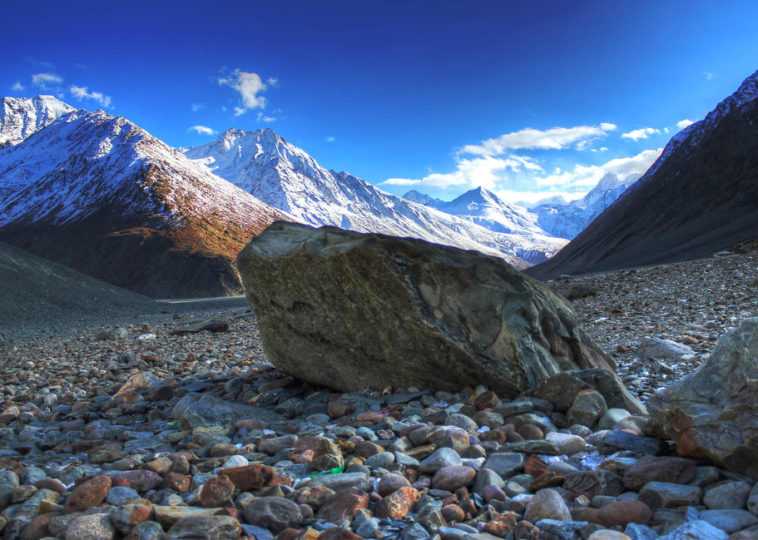Top 7 Most Beautiful Untouched Places on Earth

Contents [hide]
Most of the time, the Earth is continuously changing with the innovations of man for the progress of his daily life. But still, there are only a few places on Earth with wilderness without much change by humans. These places keep the beauty of nature in full depth and are also home to some of the rarest flora and fauna.
These pristine and perfectly perfect places are in the world’s most hidden corners and far off the beaten path. As we continue to grow and expand our living space, these sites will likely become thinner. Some of us want to explore every corner of the Earth, and we even set our sights on exploring the stars.
Siberia

Siberia is enriched by many geographic attractions, covering 77% of Russia. It is one of the least populated countries in the world; thick forests cover most areas. Siberia has many isolated places, while winter temperatures drop to -40 Celsius. The coldest city in the world, Yakutsk, is also in Siberia.
It is also protected for 64 different mammals and 280 species of birds. Siberia stretches from the Ural Mountains in the west to the Pacific Ocean in the east and south from the Arctic Ocean to the hills in north-central Kazakhstan and the borders of Mongolia and China. Except for the extreme southwest of Siberia, everything is in Russia.
Northern Territories of Canada

You can experience rich wilderness in the northern territories of Canada, most of which are untouched by humans. You can also spot black bears, beavers, muskrats, grizzlies, and whales in the territories of the north of Canada. Canada’s Northwest Territories include the regions of Dehcho, enslaved North person, Sahtu, enslaved South person, and Inuvik.
Dehcho’s Nahanni National Park Reserve centers around the canyons of the South Nahanni River and 90m high Virginia Falls. The regional capital, Yellowknife, is on the north shore of Great Slave Lake.
Papua New Guinea

The Papua state of New Guinea is located in the southwestern part of the Pacific Ocean, with a population of 7.1 million. Scientists estimated that finding the total number of animal species in Papua is difficult.
There are 190 different mammals, 70 species of lizards, 110 species of snakes, and 6000 species of moths and butterflies from this location. The magnificent and varied landscape of Papua New Guinea reflects a generally recent geological history.
Gobi Desert, Mongolia

The Gobi Desert is the largest in Asia and covers an area of 500,000 square miles in Mongolia. The desolate wilderness of the Gobi Desert increases from year to year, so it grows over time. The Gobi Desert is known for its unique dune formations, almost 200 meters high.
The temperature within these changes is between -40 degrees Celsius and 40 degrees Celsius during the different seasons. You can also find some rare plant species in the Gobi Desert. The desert also contains Paleolithic and Neolithic sites occupied by ancient peoples.
Antarctica

Antarctica is the largest desert in the world, covering vast areas of 5.4 million square miles. It’s also the coldest place in the world, with an average temperature of -58 degrees Fahrenheit. This extreme condition makes Antarctica inviolable for humans.
The only visitors to Antarctica are scientists who have conducted various experiments. No one owns the place, free of government rules. In this way, Antarctica can naturally be a reserve. More than 70 percent of the world’s freshwater is stored in the form of ice in Antarctica.
Sahara Desert

The heatwaves, dunes, and other harsh conditions in the Sahara make it a completely sterile environment for human life. There are 2 million people in different parts of the Sahara, where conditions suit everyday life. The Sahara is a desert on the African continent.
It is the largest hot desert in the world and the third-largest after Antarctica and the Arctic. With the Sahara making up almost 10% of the African continent, the Sahara is often referred to as the largest desert in the world. However, this is not entirely true, as it is only the largest hot desert in the world.
Deep Ocean

It has undoubtedly taken several centuries to explore the deep sea thoroughly. One thing is sure: many things underwater can give humanity valuable information. Mariana Trench, in the Guam region of the Pacific Ocean, is the deepest point on Earth, with a depth of 11,034 meters.
Research into this single point in the Pacific Ocean has become too complex for scientists, and exploring the ocean is undoubtedly a dream for humankind. It has been suggested that more is known about the Moon than the deepest parts of the sea.


